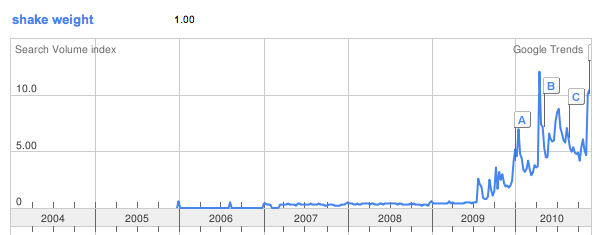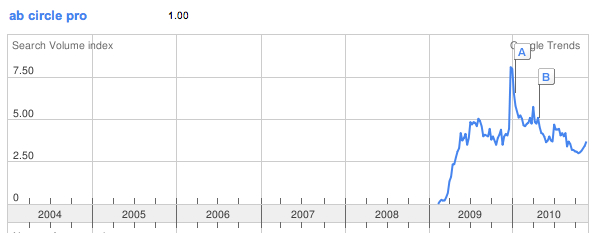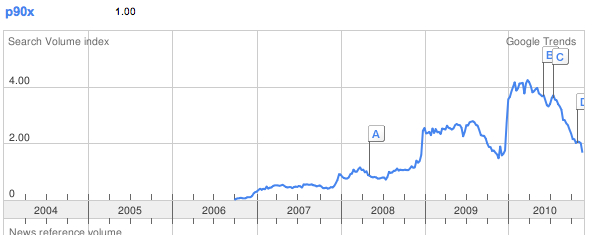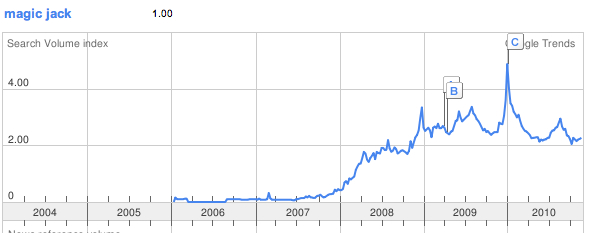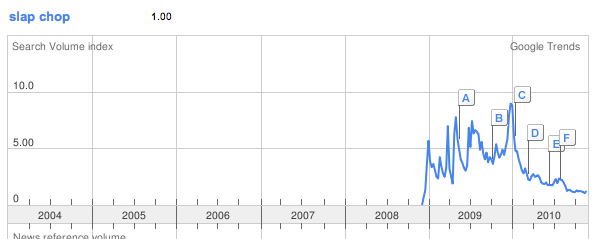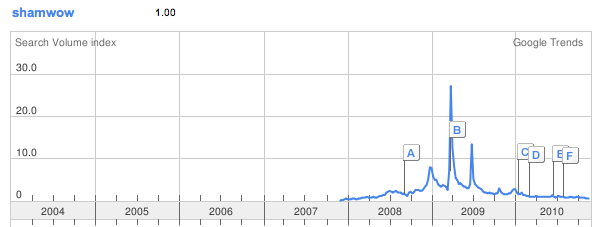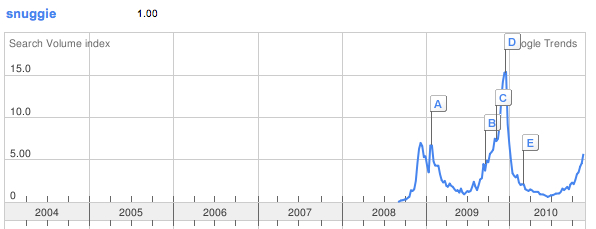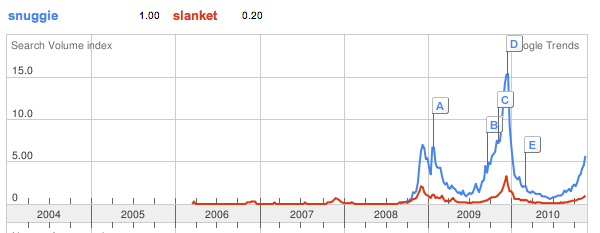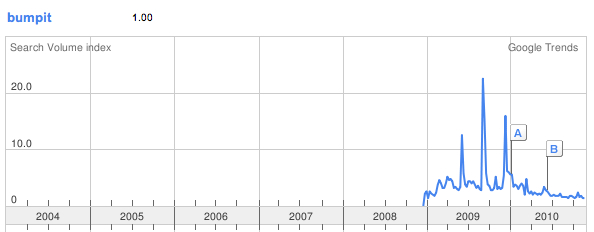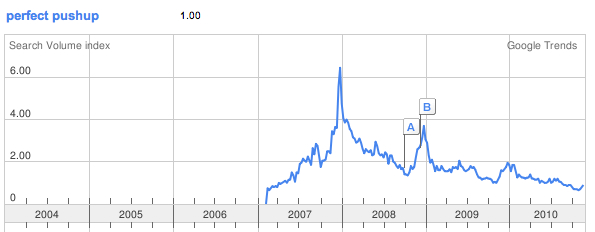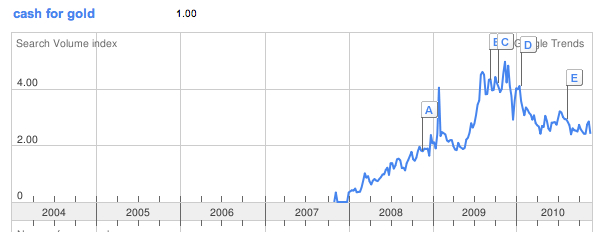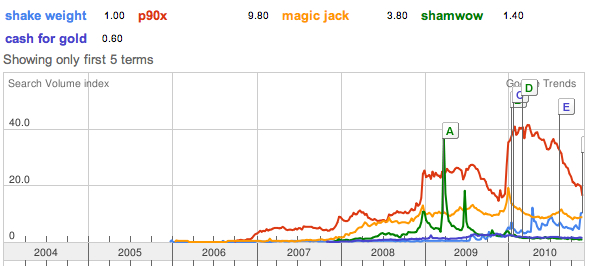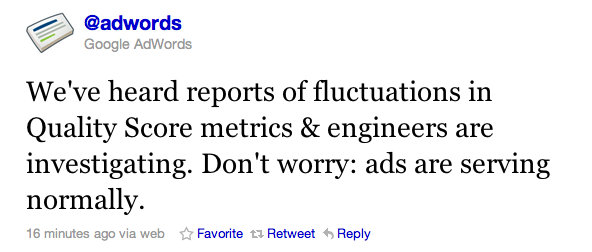
Whether we do PPC, SEO, or social media, we all have something in common:
We’re in the communication game
In order to play the communicate game well, we need to understand people.
You’ve heard the maxim “it’s not about you, it’s about them”, meaning that people aren’t interested in hearing about you or your product, they are interested in themselves and how your product can benefit them.
People are like this because our society centers around the wants and needs of the individual, as opposed to the needs of the group, or the producer. When we understand this simple fact, we can better craft marketing messages people can relate to.
Yeah, but so what, you may be saying. “What’s in it you me”?
In search marketing, communicating well leads to more activity on your site. It can lead to more money. It can lead to more money because visitors will engage, where they wouldn’t if the message didn’t appeal to them.
Here are two techniques to help you improve communication. The most important thing you can do in order to communicate well is to ask questions.
1. Ask Questions Of Others
If you don’t understand your audience, how can you sell them anything?
If you ask your customers “what is the single thing they care about most” – i.e the reason they are engaging with you – what would their answer be?
I often receive surveys from PayPal. The surveys come in the form of multi-choice answers.
I could tell PayPal how to make their service better, but they never ask. They don’t send a message saying “what is the one thing we could do to make you happier?”. Instead, I get the same old multi-choice surveys, forcing their narrow frame of reference on me. That’s not asking the customer what they want. It’s as if some manager somewhere is going through the motions. Needless to say, I don’t answer them.
Never has there been an easier time for two-way communication between vendor and customer. Comments forms. Forums. Email. Social media. So many opportunities to engage with your customers, and ask them the simple question “what do you want”?
Be assertive – pick up the phone, and ask them. Every email you send should have a tagline: “please get in touch if you have any questions, concerns or suggestions”. Think about the various ways you can make it easy for people to tell you what they want.
It’s true that sometimes customers don’t know what they want. If Henry Ford had asked people what they wanted, they would have replied “a faster horse”.
But it’s our job to read between the lines of their answers to find out what they really mean e.g.. “to get places more quickly”.
Look In The Mirror, And Ask Questions Of Yourself
I’ve just read a book called “So What?” by Mark Magnacca. It’s a simple, straightforward introduction to communicating well. Whilst intended for those giving presentations, one useful tool that is directly applicable to search marketing is the “So What?” matrix
Any presentation can be transformed by asking these questions:
- For what? What reason, and for whom, are you doing this?
- So what? Why is it important for the audience?
- Now what? What do you want to happen as a result of this information?
That’s the essence of a well-constructed landing page. What problem are you solving? Are you sure that is a problem the audience has? If not, rethink your offer. If it is, then what do you want people to do next? Click on an order button? If so, make it prominent. Make it easy.
Pretty simple, right. But those simple questions, when applied, will solve most landing page problems.
This also applies to SEO. If people land on your page, you need to answer those three questions, else they’ll click back. There’s no point ranking #1, or bidding into the top position, if people click back. Your efforts are wasted at that point.
Go through your copy and strike out everything that does not clarify to your audience what is in it for them. Every point about how good you are should be put in the context of how you being good helps your audience.
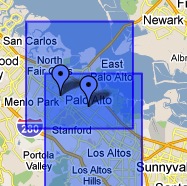
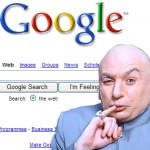

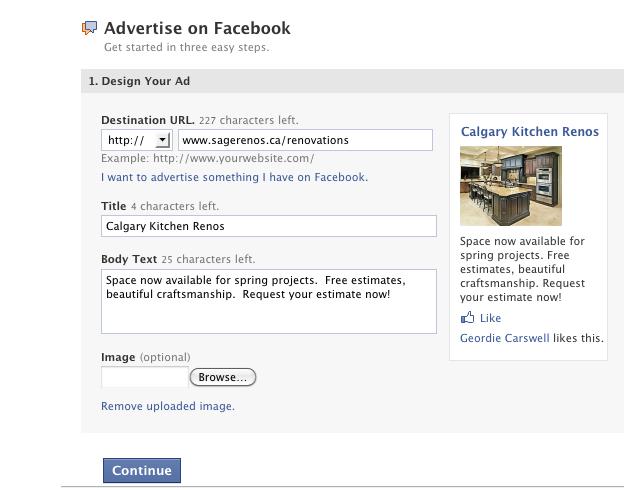
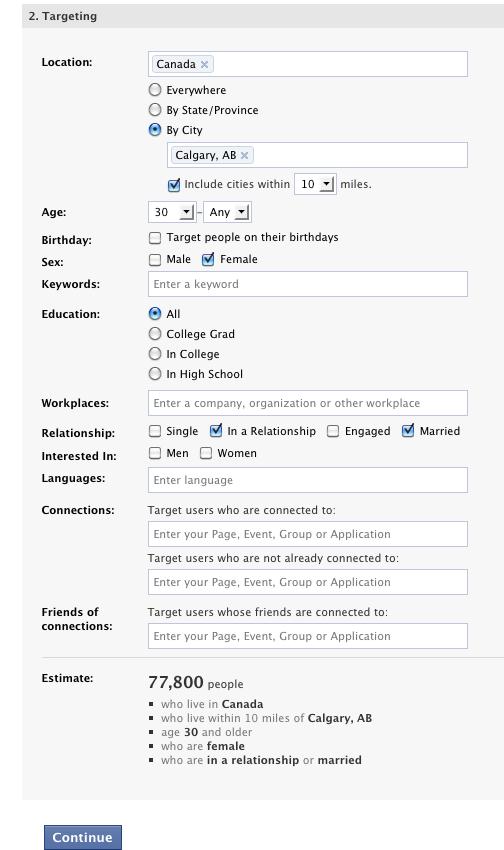
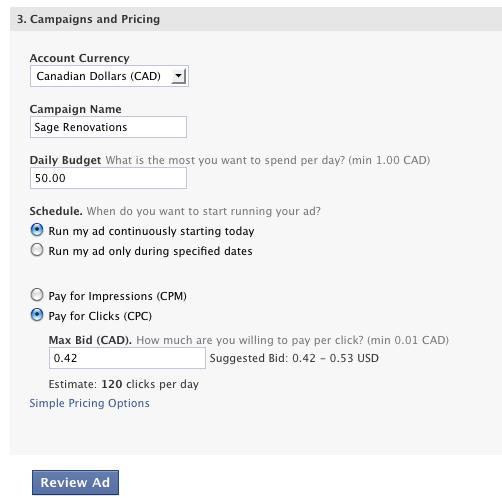




 PPC advertisers, just like everyone else, can be susceptible to a ‘herd mentality’. Herd mentality with PPC tends to show up when you see everyone and their dog piling on to a few select keywords that
PPC advertisers, just like everyone else, can be susceptible to a ‘herd mentality’. Herd mentality with PPC tends to show up when you see everyone and their dog piling on to a few select keywords that 
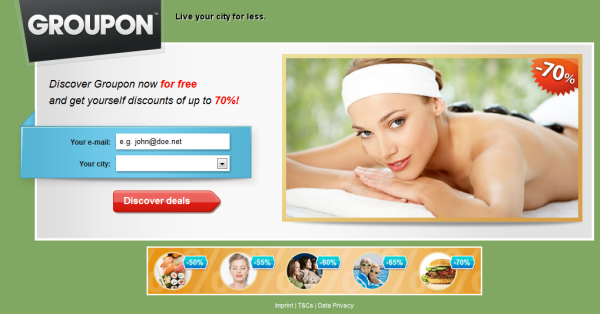
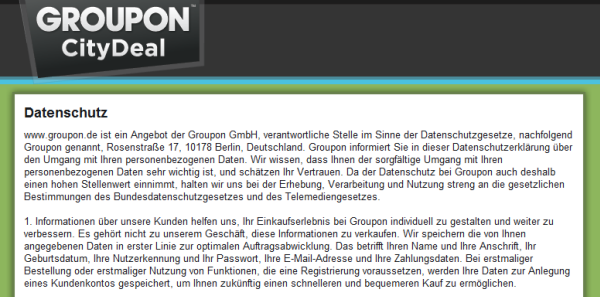
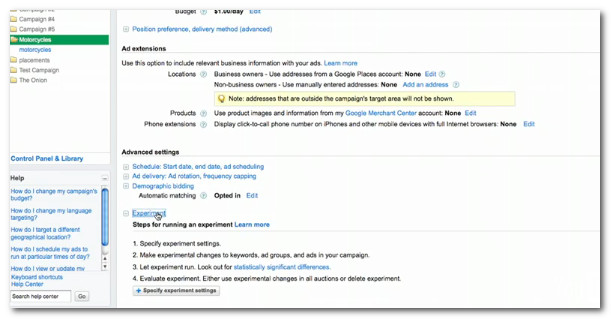
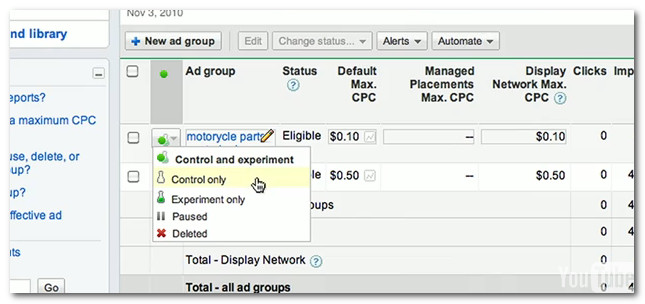
 Over the weekend Gawker Media’s site network including lifehacker, Jezebel, Gawker, Gizmodo and others
Over the weekend Gawker Media’s site network including lifehacker, Jezebel, Gawker, Gizmodo and others 